
Use of AI in Robotics in 2023
Artificial intelligence (AI) is the science and engineering of creating machines and systems that can perform tasks that normally require human intelligence, such as perception, reasoning, learning, decision-making, and natural language processing. Robotics is the branch of engineering and science that deals with the design, construction, operation, and application of robots. Robots are machines that can sense, act, and interact with their environment, often autonomously or semi-autonomously.
AI and robotics are closely related and interdependent fields that have been advancing rapidly in recent years. AI provides the intelligence and learning capabilities for robots, while robotics provides the physical embodiment and interaction for AI. Together, they enable the creation of smart machines that can perform complex tasks, learn from data and feedback, interact with humans and other robots, and adapt to changing environments.
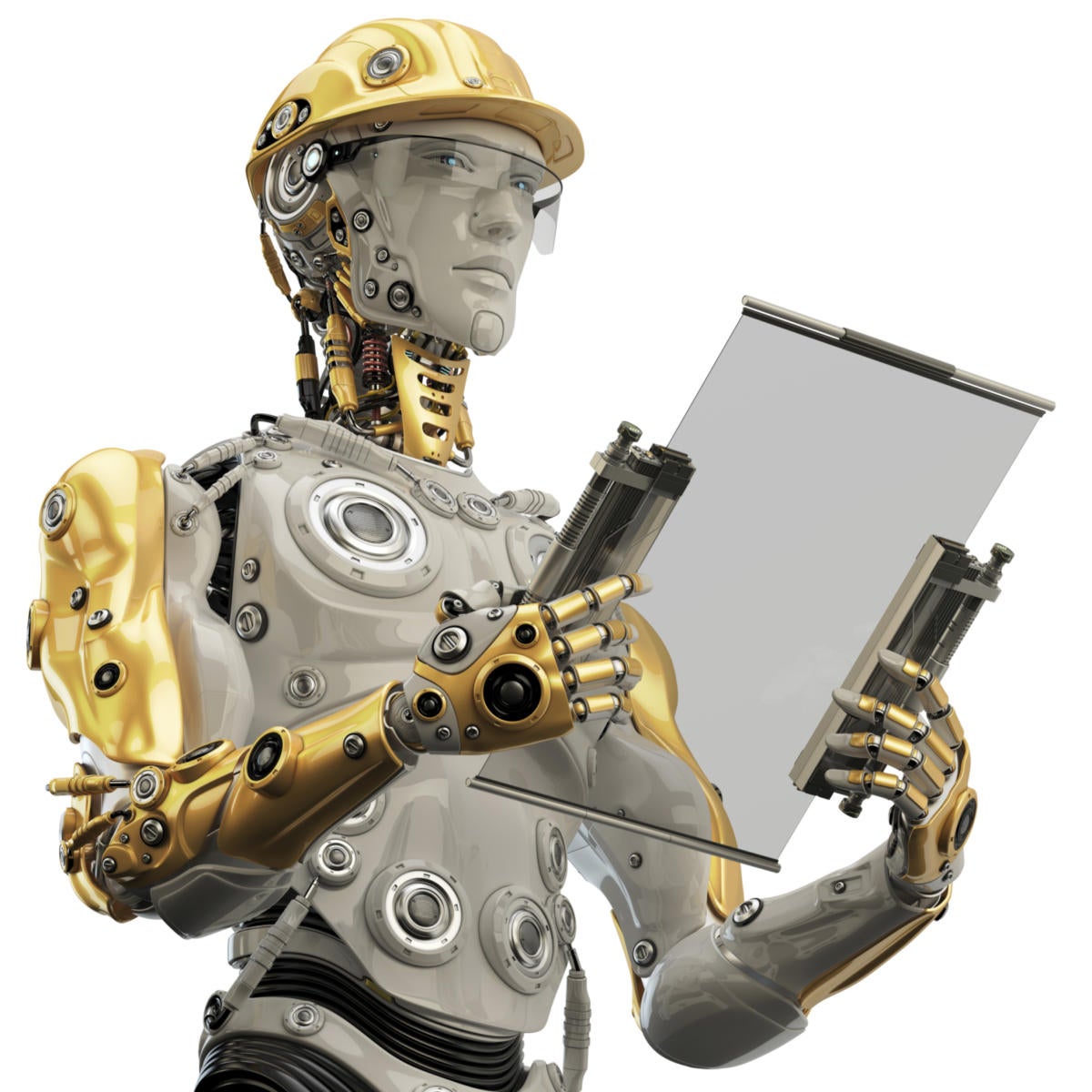
How AI Is Enabling Robots to Perform Complex Tasks
One of the main applications of AI in robotics is to enable robots to perform complex tasks that are beyond the reach of traditional programming or rule-based systems. These tasks include navigation, manipulation, recognition, planning, coordination, and communication. Some examples of such tasks are:
- Navigation: AI enables robots to navigate autonomously in complex and dynamic environments, such as roads, warehouses, factories, hospitals, and homes. AI techniques such as computer vision, deep learning, reinforcement learning, and probabilistic reasoning help robots perceive their surroundings, map their location, plan their path, avoid obstacles, and reach their destination.
- Manipulation: AI enables robots to manipulate objects with dexterity and precision, such as grasping, picking, placing, assembling, cutting, sewing, and cooking. AI techniques such as computer vision, deep learning, reinforcement learning, and imitation learning help robots to recognize objects, estimate their pose and shape, plan their motion, control their force and torque, and coordinate their actions.
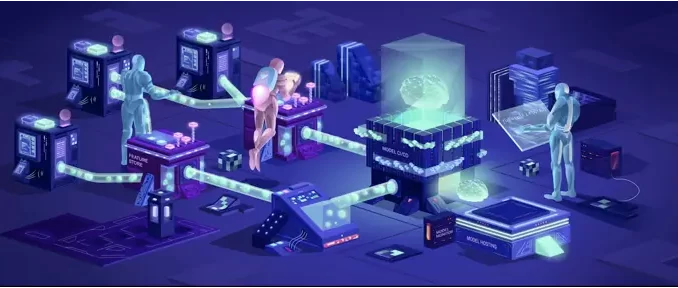
Use of AI in Manipulation - Recognition: AI enables robots to recognize various entities in their environment, such as faces, emotions, gestures, speech, text, sounds, and scenes. AI techniques such as computer vision, deep learning, natural language processing, and speech recognition help robots identify, classify, understand, and respond to these entities.
- Planning: AI enables robots to plan their actions and goals based on their current state, preferences, constraints, and uncertainties. AI techniques such as search, optimization, logic, and game theory help robots to generate, evaluate, and execute plans that are optimal, feasible, and robust.
- Coordination: AI enables robots to coordinate their actions and decisions with other robots or humans in a collaborative or competitive manner. AI techniques such as multi-agent systems, distributed systems, swarm intelligence, and social choice theory help robots communicate, negotiate, cooperate, and compete with each other.
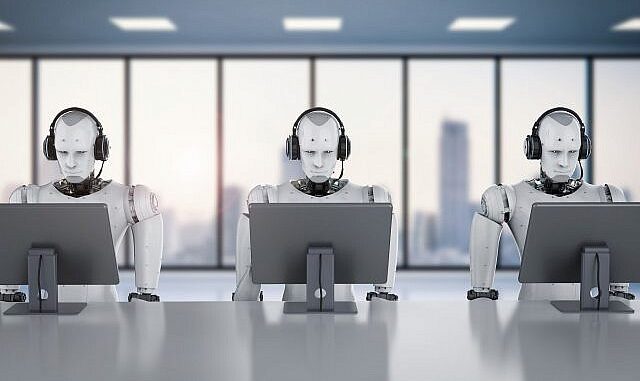
Benefits and Challenges of AI in Robotics
The use of AI in robotics has many benefits and challenges for various fields and industries. Some of the benefits are:
- Productivity: AI can improve the productivity and efficiency of robots by enabling them to perform tasks faster, more accurately, and more reliably than humans or conventional machines. This can reduce costs, waste, and errors in various domains such as manufacturing, logistics, agriculture, healthcare, and education.
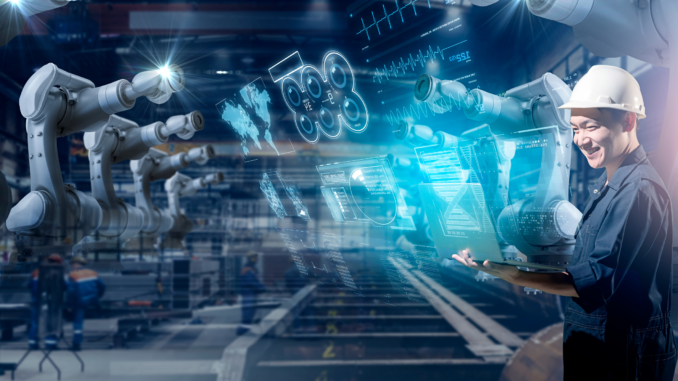
Use of AI in Production - Safety: AI can enhance the safety and security of robots by enabling them to perform tasks that are dangerous, hazardous, or inaccessible for humans or conventional machines. This can prevent injuries, accidents, and fatalities in various domains such as mining, construction, defense, disaster relief, and exploration.
- Innovation: AI can foster the innovation and creativity of robots by enabling them to perform tasks that are novel, complex, or challenging for humans or conventional machines. This can generate new products, services, and solutions in various domains such as art, entertainment, science, and engineering.
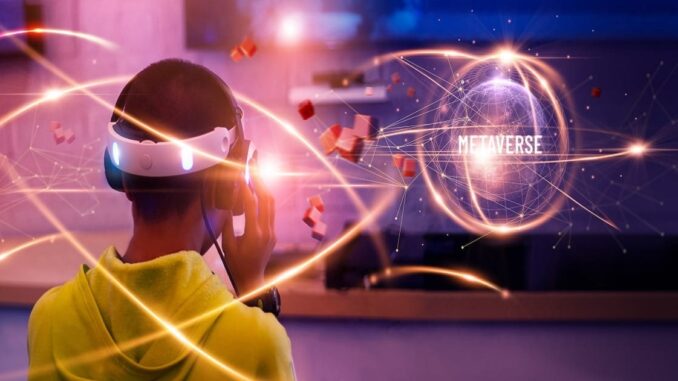
AI in Entertainment
Some of the challenges are:
- Ethical: AI raises ethical issues for robots by enabling them to perform tasks that involve moral values, responsibilities, and consequences for humans or other beings. This requires addressing questions such as who is accountable for the actions and outcomes of robots. What are the rights and duties of robots? How should robots balance conflicting values or interests? How should robots respect human dignity and autonomy?
- Social: AI poses social issues for robots by enabling them to perform tasks that affect human relationships, emotions, and behaviors. This requires addressing questions such as how should robots interact with humans or other robots. What are the social norms and expectations for robots? How should robots express and respond to emotions? How should robots influence and persuade humans?

AI - Legal: AI creates legal issues for robots by enabling them to perform tasks that involve legal rules, rights, and obligations for humans or other entities. This requires addressing questions such as how should robots be regulated and governed. What are the legal status and liability of robots? How should robots comply with and enforce laws? How should robots resolve disputes and conflicts?
Conclusion
AI is transforming robotics in 2023 by enabling robots to perform complex tasks, learn from data and feedback, interact with humans and other robots, and adapt to changing environments. This has many benefits and challenges for various fields and industries, such as improving productivity, safety, and innovation, as well as raising ethical, social, and legal issues. AI and robotics are therefore not only technical but also societal phenomena that require interdisciplinary and collaborative efforts to ensure their responsible and beneficial development and use.
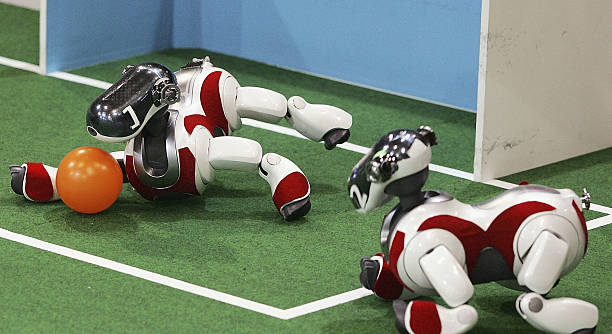
Leave a Reply